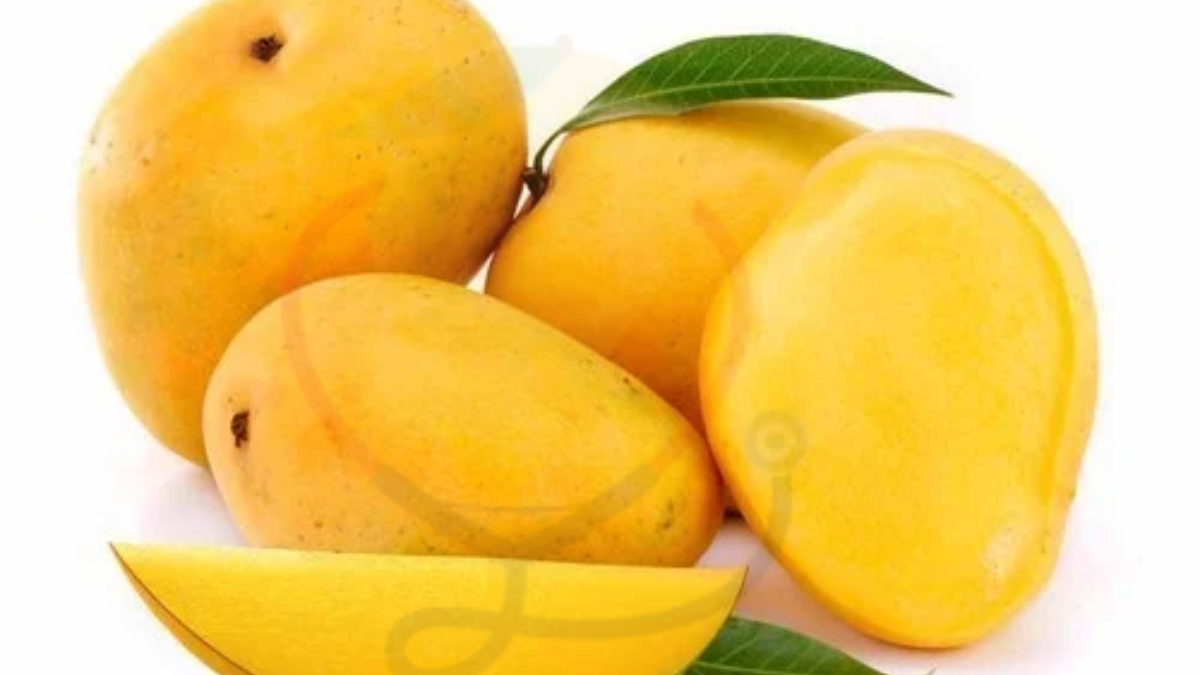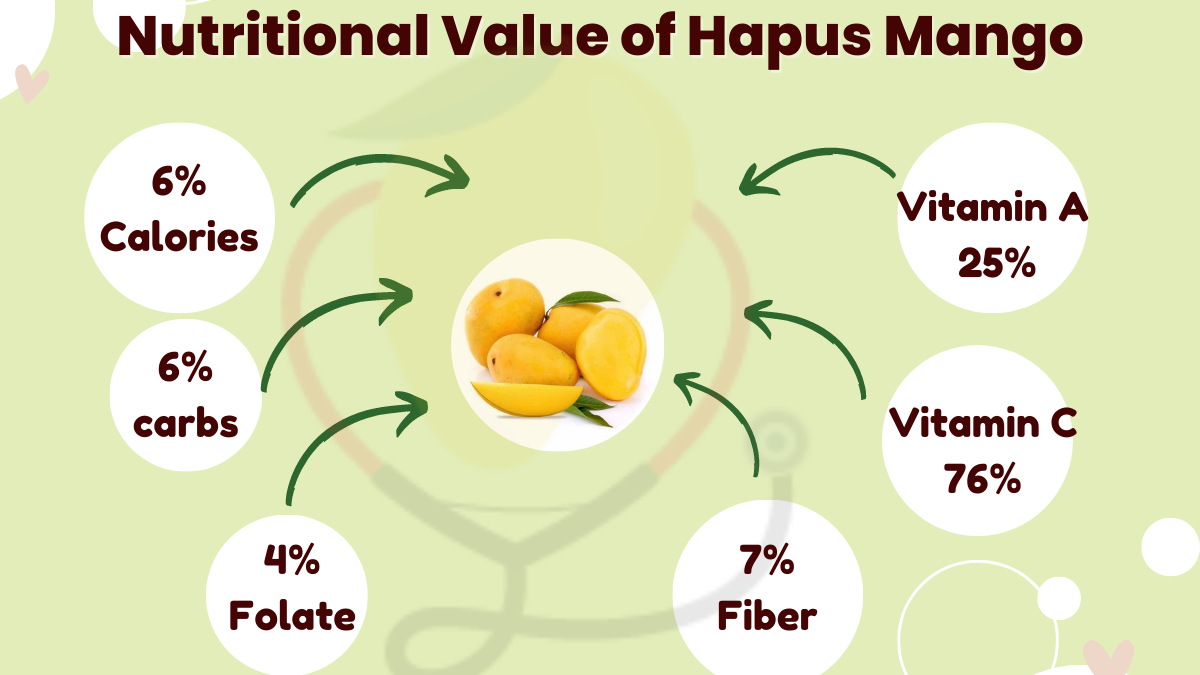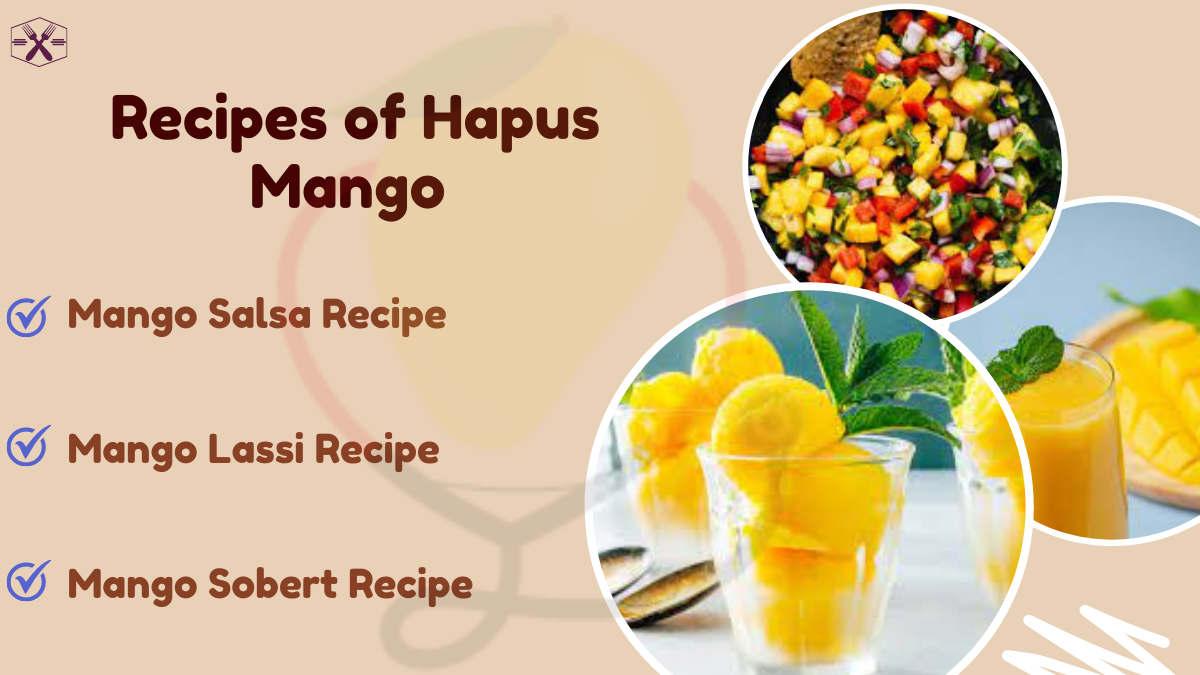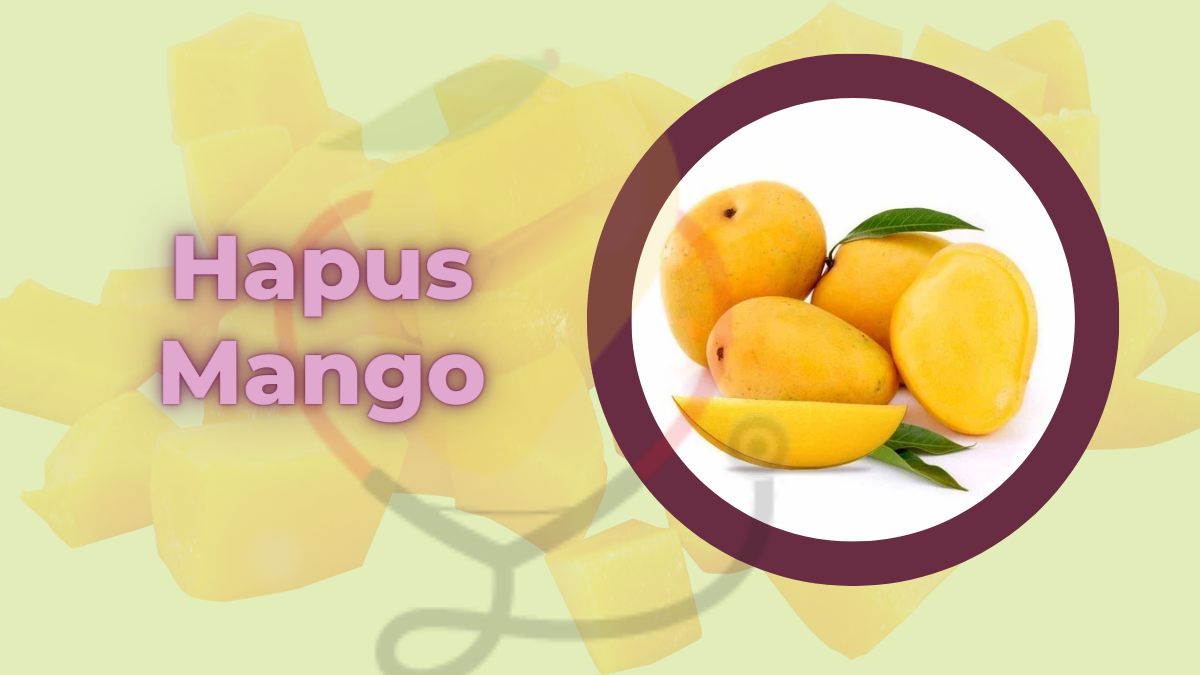Hapus mango, also known as Alphonso mango, is a popular fruit that is highly prized for its sweet and rich flavor. [1]
Originating from the Indian state of Maharashtra, this mango is now enjoyed around the world for its delicious taste and numerous health benefits.
In this comprehensive guide, we’ll cover everything you need to know about Hapus mango, from its history and cultivation to its nutritional benefits and culinary uses.

History of Hapus Mango
Hapus mango originated in the Indian state of Maharashtra, specifically in the Konkan region along the western coast.
It is believed to have been first cultivated in the region around 1500 AD.
The fruit was highly valued by the rulers of the region, who considered it to be a symbol of wealth and status.
Over time, Hapus mango became a popular fruit throughout India and was eventually exported to other countries.
Cultivation of Hapus Mango
Hapus mango is grown primarily in the Konkan region of Maharashtra, as well as in other parts of India such as Gujarat, Karnataka, and Tamil Nadu.
The fruit is typically grown in orchards, with trees reaching up to 30 feet in height.
Hapus mango trees require a hot and humid climate, with temperatures ranging from 86 to 104 degrees Fahrenheit.
The fruit is typically harvested from March to June.
Characteristics of Hapus Mango
1: Appearance
Hapus Mango is a medium-sized fruit that is round or oval in shape, with a distinctive yellow or golden color when ripe.
It has a thin, delicate skin that is easy to peel and a small seed in the center.
2: Flavor and aroma
The most notable characteristic of Hapus Mango is its intense, sweet aroma and flavor, which is described as a combination of honey, apricot, and citrus.
It has a high sugar content and low acidity, which gives it a rich, luscious taste that lingers on the tongue.
3: Texture
The pulp of Hapus Mango is soft, juicy, and creamy, with a smooth texture that melts in the mouth.
It is often compared to custard or butter, and its consistency is similar to that of a ripe avocado.
Nutritional Values of Hapus Mango
Hapus Mango is not only delicious but also a good source of essential nutrients.
Here are the nutritional values of Hapus Mango expressed as a percentage of the daily recommended intake. [2]

- Calories: 6%
- Carbohydrates: 6%
- Fiber: 7%
- Vitamin A: 25%
- Vitamin C: 76%
- Folate: 4%
- Potassium: 4%
Health Benefits of Hapus Mango
Hapus Mango not only has a delightful taste and aroma but also provides various health benefits.
Here are some of the health benefits of consuming Hapus Mango.

1: Boosts Immune System
Hapus Mango is rich in vitamin C, which is a powerful antioxidant that can help protect cells from damage caused by free radicals. [3]
Vitamin C also helps boost the immune system, making the body more resistant to infections.
2: Promotes Digestive Health
Hapus Mango is a good source of fiber, which is essential for maintaining digestive health. [4]
The fiber in mango can help prevent constipation and other digestive disorders, such as diverticulitis.
3: Supports Eye Health
Hapus Mango is high in vitamin A, which is important for maintaining healthy vision. [5]
Vitamin A also helps protect the eyes from age-related macular degeneration and other eye-related diseases.
4: Lowers Cholesterol
Hapus Mango contains compounds called pectin and fiber, which can help lower cholesterol levels in the blood. [6]
5: Prevents Cancer
Hapus Mango contains antioxidants, such as quercetin, isoquercitrin, astragalin, fisetin, gallic acid. [7]
That can help to prevent cancer by neutralizing free radicals that can cause cellular damage and mutations.
Recipes of Hapus Mango
Hapus Mango, also known as Alphonso Mango, is a versatile fruit that can be used in various recipes.
Here are a few delicious and easy-to-make recipes using Hapus Mango.

Hapus Mango, also known as Alphonso Mango, is a popular tropical fruit that is known for its delicious taste and aroma.
Hapus Mango is a versatile fruit that can be used in various recipes, including drinks, dips, condiments, smoothies, and desserts.
It adds a sweet and tropical flavor to dishes and is perfect for hot summer days.
FAQs
Where is Hapus Mango grown?
Hapus Mango is primarily grown in the western regions of India, particularly in the Konkan region of Maharashtra and in the Gujarat and Karnataka states.
When is Hapus Mango season?
Hapus Mango season typically lasts from April to June.
How do I choose a ripe Hapus Mango?
A ripe Hapus Mango should be slightly soft to the touch and have a fruity aroma. It should also have a bright, golden-yellow color.
How do I store Hapus Mango?
Hapus Mango should be stored at room temperature until it is ripe. Once it is ripe, it can be stored in the refrigerator for up to five days.
Can Hapus Mango be frozen?
Yes, Hapus Mango can be frozen for later use. Simply peel and slice the mango and store it in an airtight container in the freezer. It can be used in smoothies or desserts.

